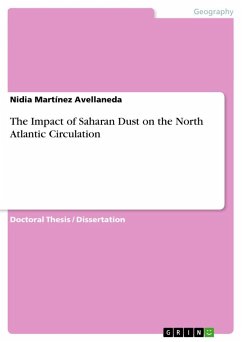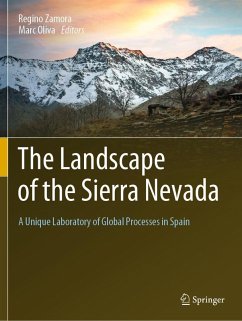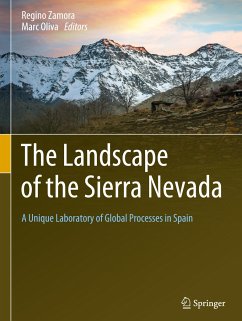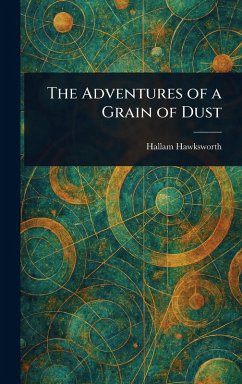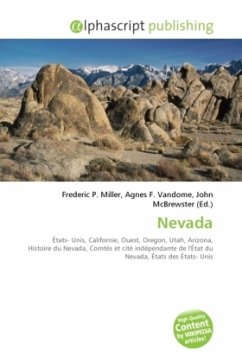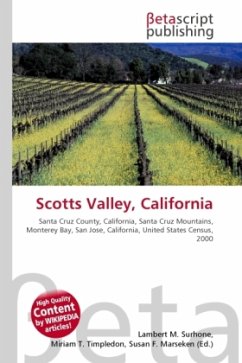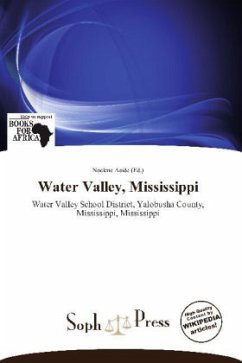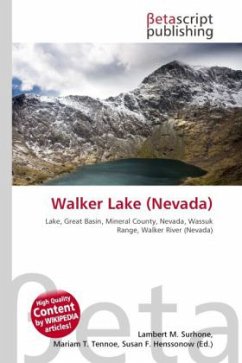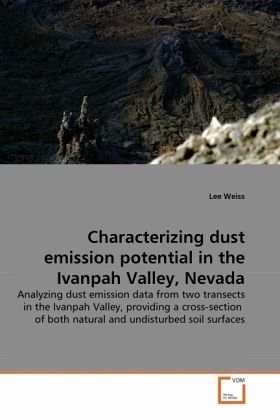
Characterizing dust emission potential in the Ivanpah Valley, Nevada
Analyzing dust emission data from two transects in the Ivanpah Valley, providing a cross section of both natural and undisturbed soil surfaces
Versandkostenfrei!
Versandfertig in 6-10 Tagen
52,99 €
inkl. MwSt.

PAYBACK Punkte
26 °P sammeln!
Aeolian dust emissions, while vital to various ecosystems worldwide, are in part responsible for declining ambient air quality and pose significant problems in arid and semi arid regions in the southwest United States. As part of several ongoing dust emission studies in the Mojave Desert, a series of Portable In situ Wind Erosion Laboratory (PI SWERL) tests as well as other soil parameter tests (salt and organic content, soil strength and grain size) were performed to gather an abundance of data related to the emission of PM10 (particulate matter 10 m). The PI-SWERL is a small and lightweight ...
Aeolian dust emissions, while vital to various ecosystems worldwide, are in part responsible for declining ambient air quality and pose significant problems in arid and semi arid regions in the southwest United States. As part of several ongoing dust emission studies in the Mojave Desert, a series of Portable In situ Wind Erosion Laboratory (PI SWERL) tests as well as other soil parameter tests (salt and organic content, soil strength and grain size) were performed to gather an abundance of data related to the emission of PM10 (particulate matter 10 m). The PI-SWERL is a small and lightweight device used to measure dust emissions in the field and has been calibrated with wind tunnels. The tests performed in this study were located on two transects in the Ivanpah Valley, providing a cross section of a variety of natural and undisturbed soil surfaces.The results indicate that the PI SWERL tests, coupled with supplemental soil parameterization data, agreed with established and commonly used dust emission models. In addition, the results agreed with modeled data far more when more data was available, but varied between similar soil types between the two transects.



